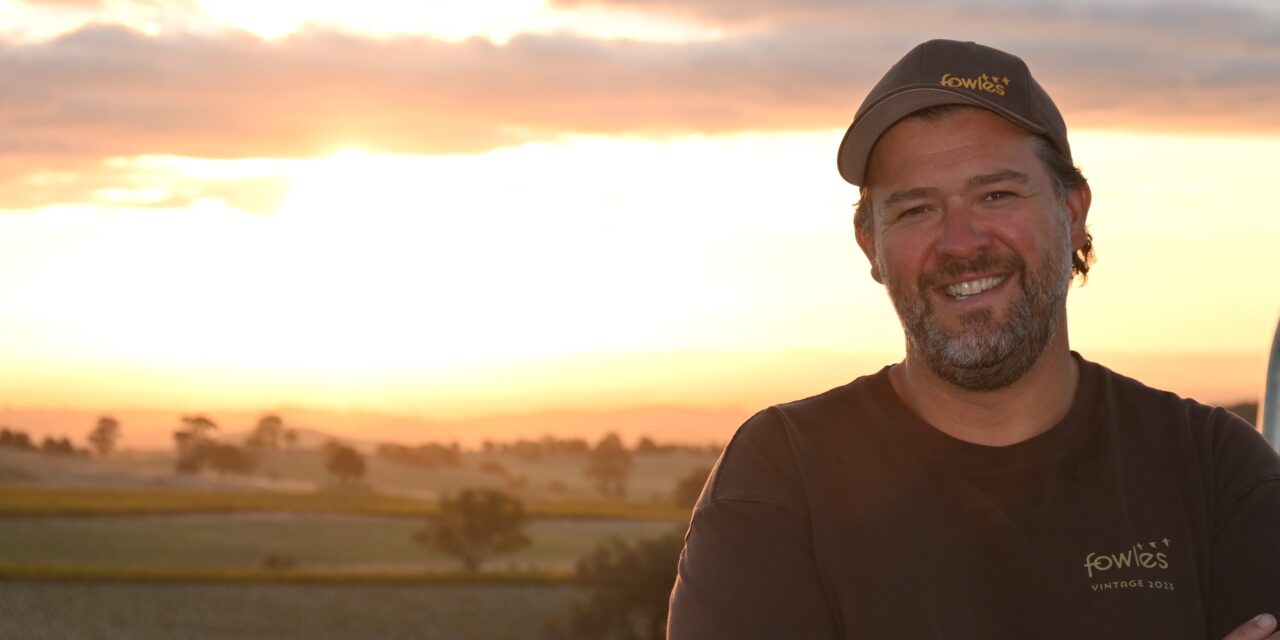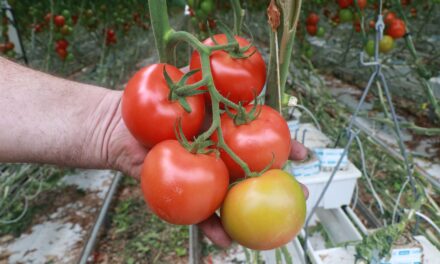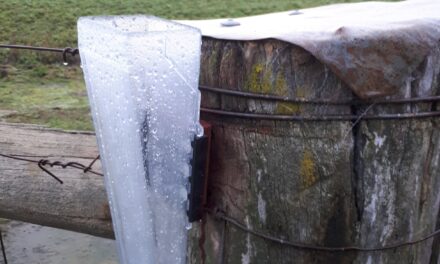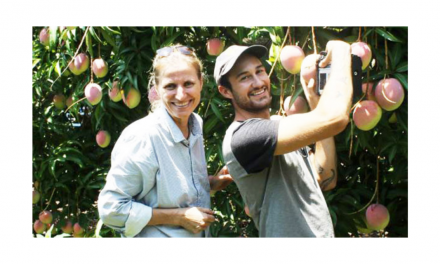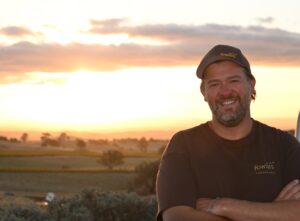
In the expanse of Fowles Wine’s vineyard, something extraordinary is happening — a revolution disguised as the chaos of nature, as ANDY WILSON discovered.
Matt Fowles is a vintner with a visionary approach to grape-growing which may transcend conventional wisdom, and certainly challenges traditional agricultural practices in favour of embracing the natural world.
For starters, Matt does not just look at a tree.
“You can look at a tree and say, ‘that’s just a tree’,” he said.
“But the detail in the bark, every leaf, all the bugs that are crawling around it — it’s a busy chaotic environment.
“There’s a whole world of activity happening around it, and we’re here to understand and embrace that chaos.”
In an agricultural world where the pursuit of control involves spraying and/or cutting things down, Matt’s philosophy is novel.
He believes that working with nature, rather than against it, holds the key to both ecological sustainability and agricultural productivity.
While hosting Small Farms on a tour of the vineyard at Avenel in Victoria, Matt’s keen eye catches a glimpse of a bird-of-prey swooping on a swallow.
“It’s gonna smoke that … geez … it’s trying to get that.”
The swallow gets ‘smoked’.
The swift predator-prey interaction underscores the delicate balance of nature.
Matt’s journey already has him well across the positive impacts of bats in controlling light brown apple moth and grapevine moth (see the story on page 20).
However, moth pressure persists at the vineyard’s edge that has grassland instead of trees with nesting sites.
The bats venture only so far from their trees, daunted at night by ostensibly a flat ‘floor’ of vine rows against which their echo-location is limited.
Matt ponders for an innovative solution which could entice the bats further and asks all the right questions.
“There is nothing poking up over the land, it’s very uniform; the bats basically think ‘I don’t know where I am going, I better go back to safety’,” he said.
“If we can’t replicate the habitat at this end, can we help them echo-locate, so they feel safe to come up this end?
“Is the solution to put in posts?”
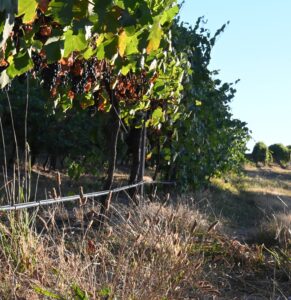
The working-with-nature approach goes beyond bats, having also a large focus on the cover crops planted in the vine mid-rows and under the vine canopies, which Matt hopes he would one day have all-year-round.
“This idea that it’s providing massive competition with the vineyard, I just disagree with,” he said.
“Yes, there is that sense of competition compared to just bare earth, however it mostly dies off during the season when we’re growing the fruit.
“People don’t think it’s pretty because it’s not neat; but I think it’s beautiful because it more kind of reflects nature.
“(The cover crop) is a barrier to heat, an insect haven, less of a management issue, and we’re not burning diesel with mowers nor spraying it.”
The list of natural insect and arachnid predators that make a rich web of biodiversity would seem to be enough to justify sowing a cover crop.
Add to that the impact of shade on retaining soil moisture, a thick mulch at the end of summer when the plants die back (and insects start burrowing or laying eggs) and extra nitrogen from any legumes grown, and the concept starts to thrive.
“And it’s not woo-woo,” Matt declares.
Further research has also shown that the type of cover grown needs to be specific to an area, with no ‘one size fits all’ approach, and Fowles Wines is developing a species-appropriate understorey.
The vineyard’s motto, ‘To farm in nature’s image’, encapsulates Matt’s ethos — a deliberate rejection of the conventional tidy-up mentality in favour of embracing the inherent chaos of nature.
“So many people have done it so differently for so long; most of the industry still does.”
Colleagues have visited the vineyard and told Matt to “tidy up”.
“I say to them: ‘No, no, no — that’s absolutely deliberate’.
“If you just get comfortable with the idea of chaos and you being part of it, it actually is quite liberating.
“It makes great sense from a sustainability point of view, so it also makes sense from a financial point of view.
“But better than that is what we see in the vineyard: the burgeoning of life.”
More complicated than flinging a bit of seed
The scientific literature backs up the theory of providing cover crops between and underneath vine rows, with the University of Melbourne’s Linda Thomson having researched the effects of growing an eco-diverse understorey.
Dr Thomson said groundcover selection was important for any success, but cautioned that sowing such crops was a ‘potentially expensive’ exercise with there being an enormous range of options from nature.
“It is well established that groundcover in vineyards provides resources for desirable residents and visitors including pollinators and predators of vineyard pests, with beetles, bugs and spiders perhaps the most well known,” Dr Thomson said.
“But there are also tiny parasitoids of special interest for their role in controlling light brown apple moth and difficult pests including scale and mealybugs.
“But so much information means it can be problematic to be prescriptive.”
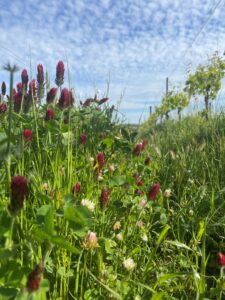
Dr Thomson said there were many resources available to provide advice on locally-grown successful plant species.
“There are clearly differences, say, between the Yarra Valley and the Strathbogies in both climate and the area under vine to be considered,” she said.
“But secondly, what is the appropriate choice within the vineyard when micro-climate conditions are considered, such as frost and water availability?
“And although cover crops need to be selected to not complete with the vines, there are some circumstances where reduction of vine vigour is appropriate.”

